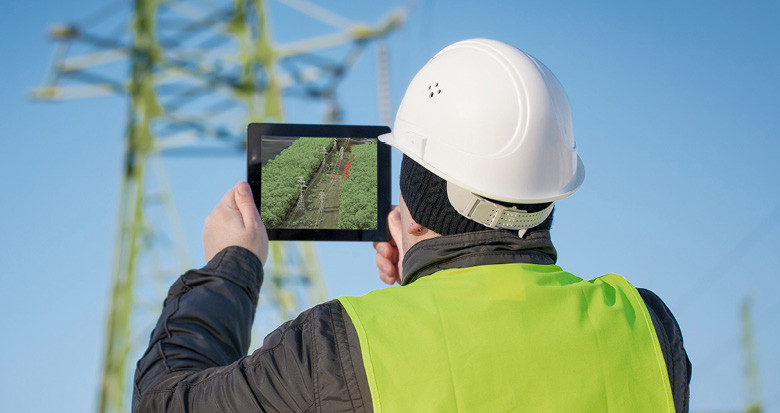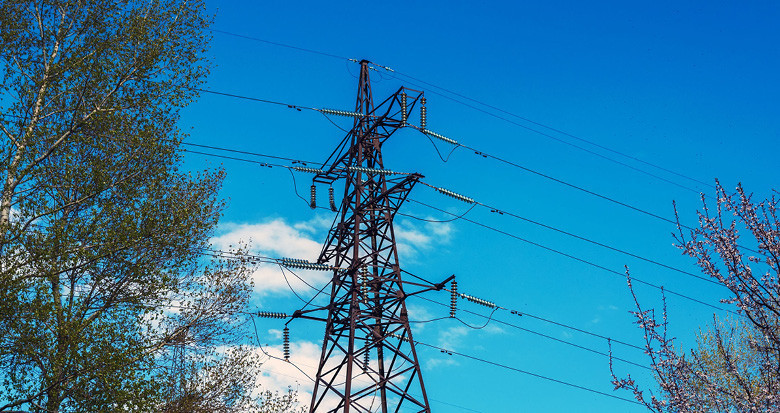Future technology roadmap for Utility Vegetation Analytics
by Sophie Davison, Vegetation Products Manager
Utility vegetation management is a big topic and rightly so, managing vegetation on power networks is one of the costliest maintenance activities operators undertake. With constrained budgets, identifying smarter, better ways to reduce operational spend and increase efficiency is more relevant than ever.
At NM Group we have been looking at what new technologies can be harnessed to improve the prediction and management of vegetation risk for our Vegetation Analytics. I wanted to discuss some of the new areas we are exploring and how they can help networks optimise their vegetation management operations.
Better field worker technology
Understanding the precise location and extent of a vegetation encroachment is vital to ensure that the cutting is measured and appropriate, not too much, not too little. Detailed visualisations can be accessed in the office environment or printed onto hard copies before heading to the field.
However, the real step forward will be providing a fully digital integrated workflow, where visual information can be accessed by field users. This step-change will mean workers will have the ability to see cutting zones and fall-in/grow-in risks at any time, using just a mobile device. Integrating field work with the asset management system means work queries can be run in real time and progress uploaded instantly. This will mean the management team can be kept updated on task status and costs.

Intelligent fall-in tree analysis
A lot of work has been done in trying to understand the risk of a specific tree falling and causing a line outage. Point to point distance has been used as a determiner for fall-in risk for many years. Where I see future improvements is from employing additional datasets to create more comprehensive risk models.
With finite resources and vast networks, it’s really important to be able to further prioritise the worst offending fall-in risks. What do I mean? Well for example the risk of a tree falling can be further supplemented by looking at signs of disease or structural weakness in the tree. Because this is often not visible with the naked eye, we can use remote sensing techniques like NDVI analysis to ‘see’ non visible signs of disease. We can also use LiDAR technology to intelligently assess tree fall patterns, prioritising tree removal in an environmentally responsible but risk focused manner.
Improved growth modelling
The use of additional data sources to improve predictions can also be extended to vegetation growth modelling. Training the existing data will help create a better understanding of growth. This will help create more efficient management, better financial modelling and means cutting cycles can be customised to a network (or network region) rather than using expected or arbitrary cyclical cycles. Factor in long range weather predictions, species type and soil conditions and future models have the potential to be very powerful indeed.

What else?
That’s just the tip of the iceberg, new technologies will mature and who knows how this will impact vegetation management. With the rise of mixed reality, cloud computing and machine learning there are new avenues becoming available that could be exploited by network operators. I’m looking forward to these new opportunities and developing new solutions that they create.
